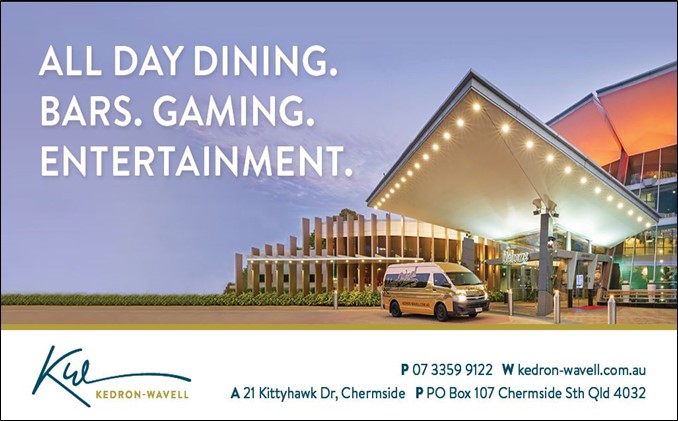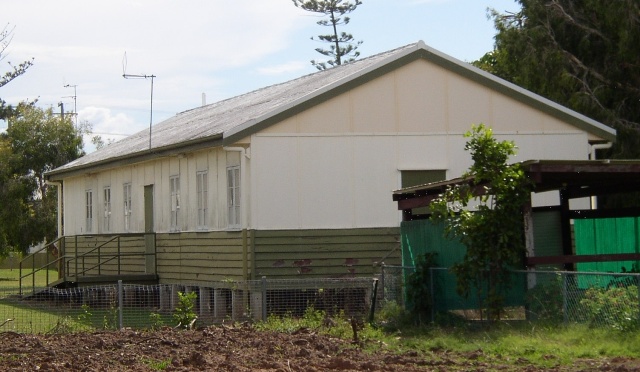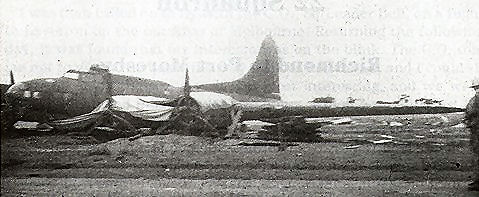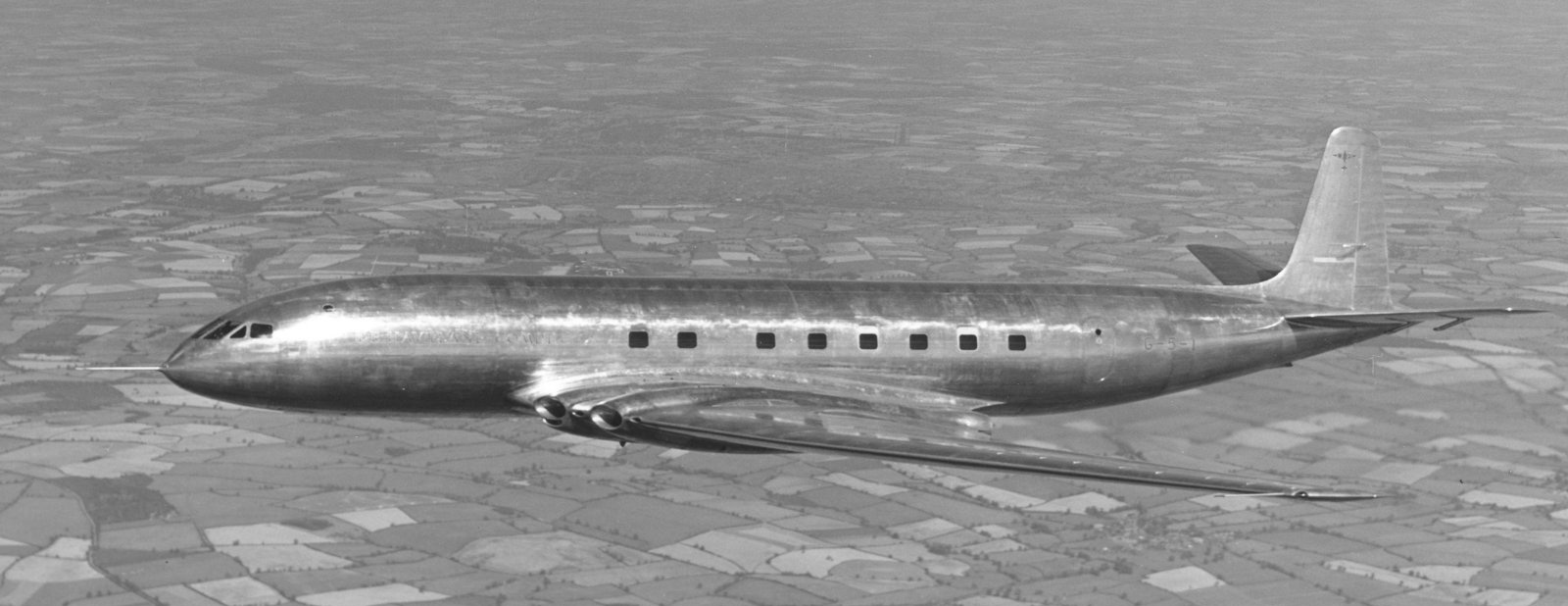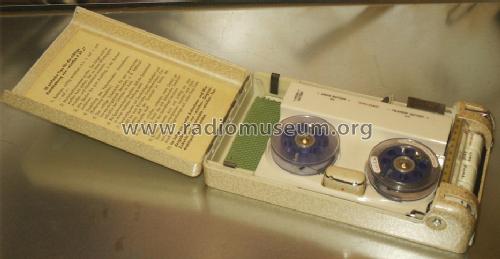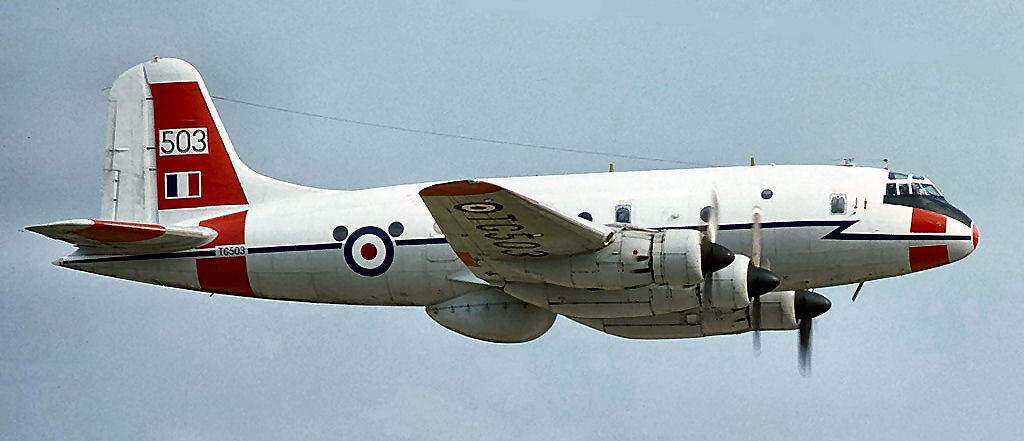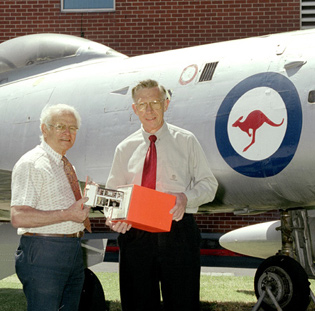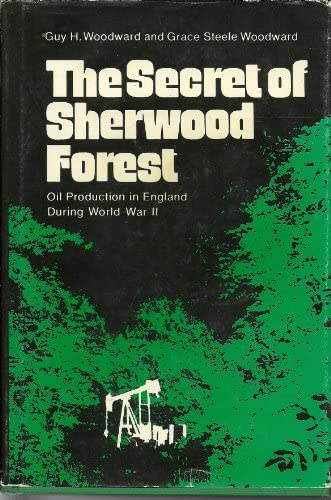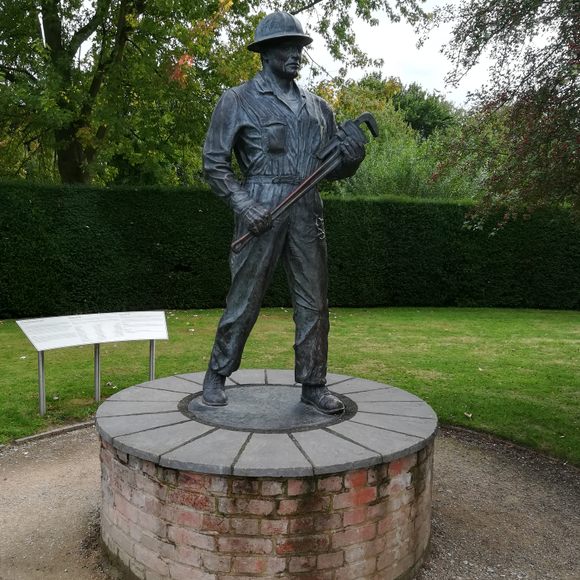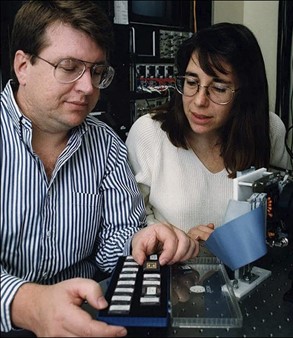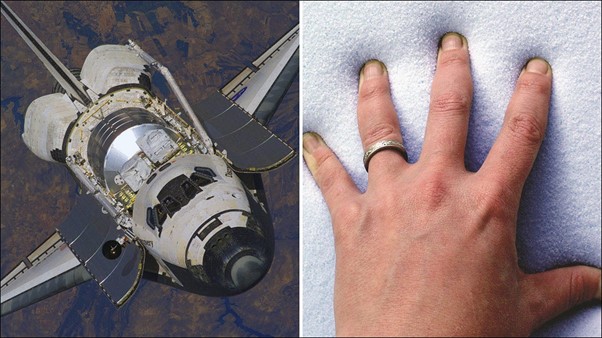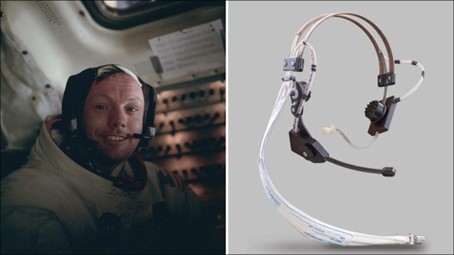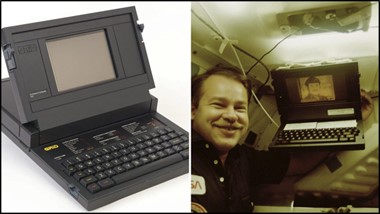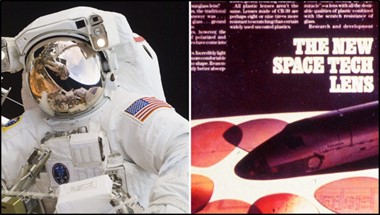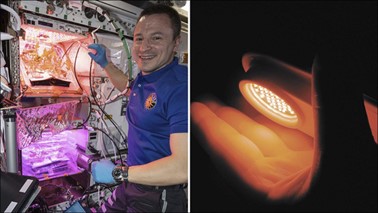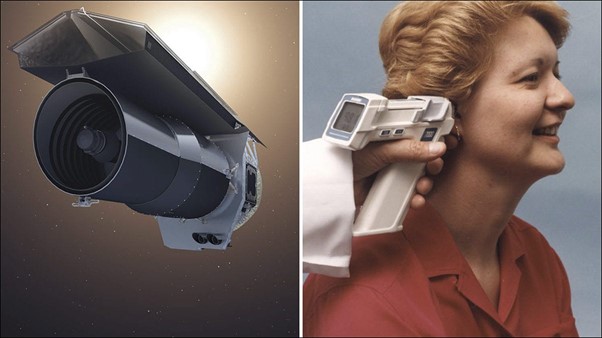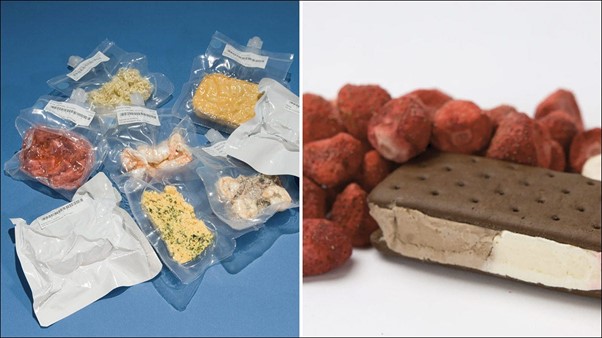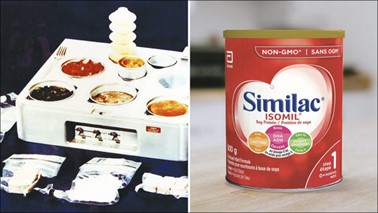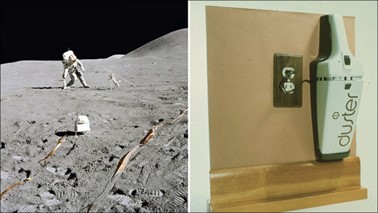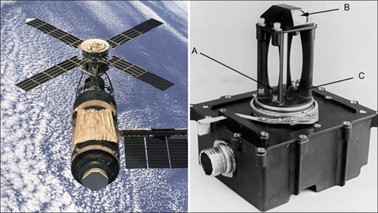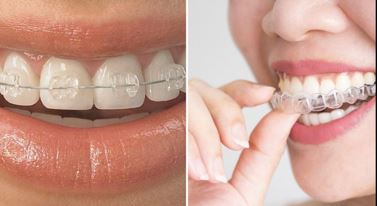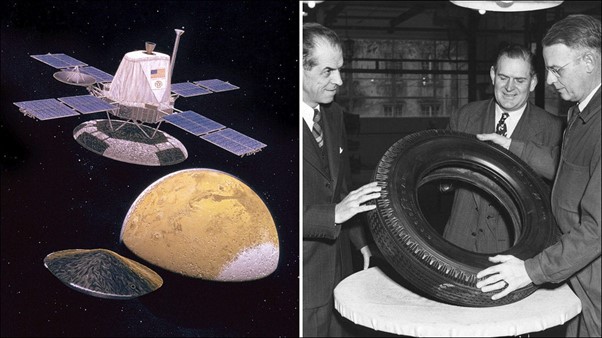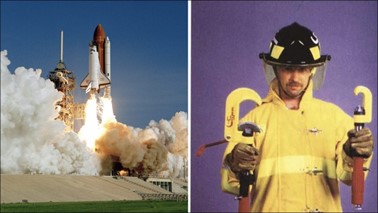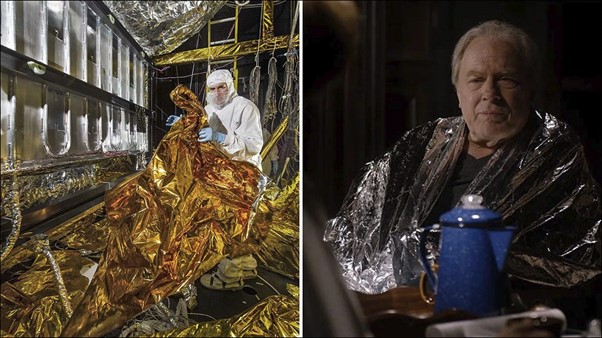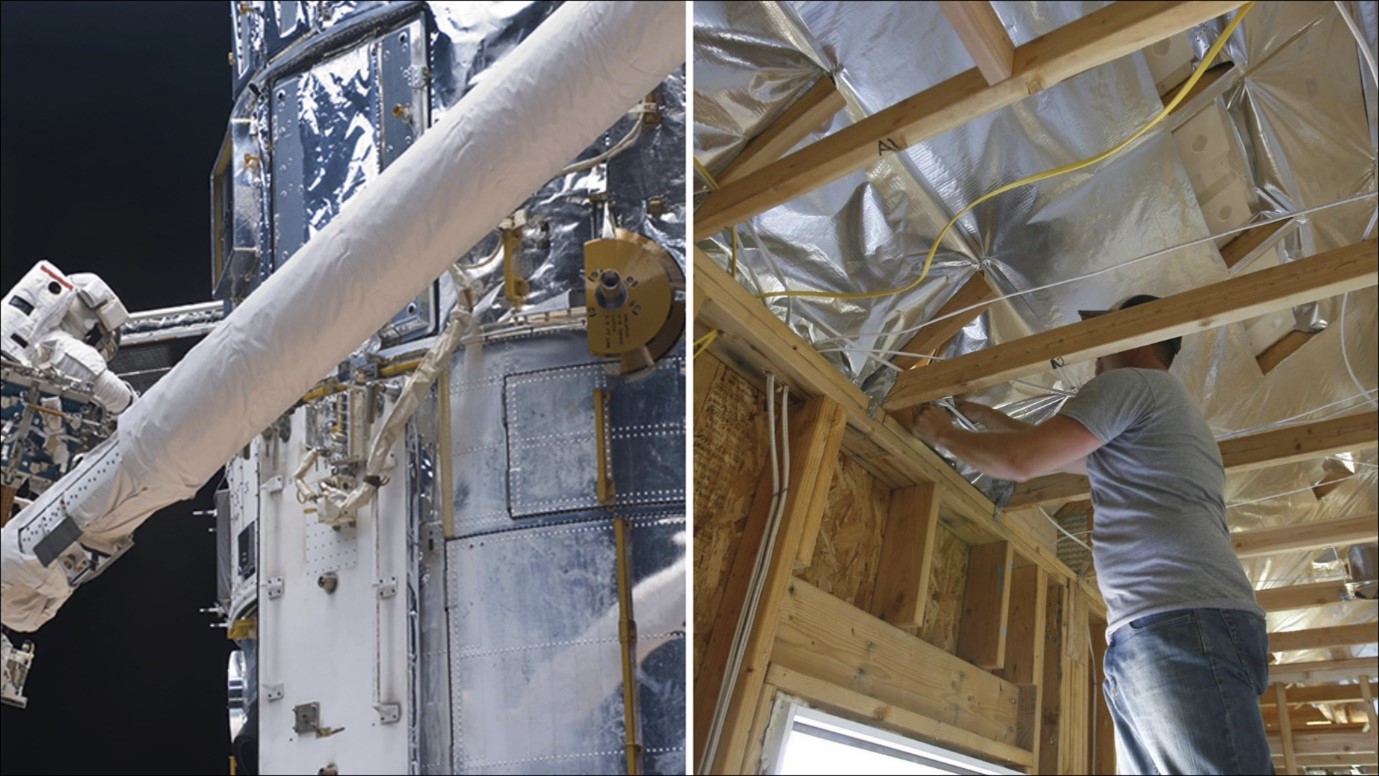|
|
||
|
||
|
Privacy Policy | Editorial Policy | Profit Policy | Join the Association | List of Members | Contact us | Index | Links |
||
|
Back Go to page: 1 2 3 4 5 6 7 8 9 10 11 12 13 14 15 16 17 18 19 20 Forward |
||
|
Out in the shed with Ted. |
||
|
|
||
|
|
||
|
Welcome to Kedron-Wavell Services Club. Located in the vibrant Chermside precinct, only 15 minutes north of Brisbane’s CBD, the Club is Brisbane’s award winning, premier function, entertainment and leisure destination.
With a cosmopolitan atmosphere and elegant features, Kedron-Wavell Services Club is the perfect place to meet your family and friends… or meet new friends! We’re easy to find and offer free off-street parking for members and guests.
Click the pic above to go to the Club's web site
|
||
|
|
||
|
Contents.
|
||
|
The TPI Payment is paid to severely disabled veterans who are unable to have a normal working life because of a permanent incapacity resulting from their war or Defence service.
The Australian Government is providing $97.9 million in funding over four years to increase the TPI Payment rate to $1,617.16 per fortnight (including the Energy Supplement); equivalent to an increase of the current rate by $38.46 per fortnight. The increase will appear in veterans’ bank accounts from 12 January (partly at the old rate and partly at the new rate, as the 12 January 2023 payday is for the period 28th December 2022 to 10th January 2023). The first full payment at the new rate will be paid 25 January 2023.
Pension increases WEF 20 March 2023
Carers Allowance.
From the 1st January, 2023, the Carers Allowance was increased from $136.50 per fortnight to $144.80 per fortnight, an increase of $8.30 per fortnight, (6.08%).
Age Pension.
The Government has made some changes to the Age pension. Under these changes, if you receive employment income over the limit your age pension can now be suspended instead of being cancelled. There is some info on it HERE and if you understand it you're a better man than me Gunga Din.
Did You Know?
Contronyms are words with multiple and opposing meanings. For example, the word “dust” can indicate removal (you dust your furniture to clean it) or addition (you dust some powdered sugar onto tomatoes).
US Army Air Force lands on beach at Sandgate Qld.
Sandgate is a popular northern Bay-side suburb of Brisbane. In December 1940, during WW2, the RAAF formed a base at Sandgate which became No 3 Initial Training School. Recruits started their training at Sandgate to learn the basics of military life. They were taught subjects such as mathematics, navigation and aerodynamics.
|
||
|
|
||
|
One of the two remaining buildings from RAAF Sandgate. These buildings housed the men and women who served at the base.
In April 1942, in light drizzling rain, a USAAF B-17E Flying Fortress made an emergency landing on reclaimed land slightly north of the RAAF Base at Sandgate, between the Base and the start of the Hornibrook Highway. The Pilot circled the area several times looking for a landing spot. He obviously did not see the racecourse and oval at Deagon due to the light rain and his low altitude. He eventually made a forced landing after just clearing the cotton trees near the seawall. The plane came to an abrupt halt not far from the northern boundary of the Base. The official report states that there was "no damage or injury to personnel or equipment".
The question arose about the recovery of a valuable and undamaged aircraft. The USAAF senior ranks wanted to dismantle it but the pilot opted to attempt a take-off for a short hop to Archerfield. After being dug out of the mud, the fittings were stripped out of it to lighten its weight and a minimum amount of fuel was provided, then with minimal crew on board, it took off again in full sunshine a few days later on the 21st April 1942, aiming for a specially cut gap in the Cotton Trees. Once airborne, it flew on to Archerfield airfield with the remainder of the US party leaving Sandgate by U.S. Service Transport on the 22nd April 1942 also headed for Archerfield airfield.
One eyewitness to the event, a student who lived next door to RAAF Sandgate recalls: “it was wet weather at the time when the "Biggest thing we had ever seen in our skies" came over the Station. The pilot "wiggled his wings when those present waved a towel at him". The plane circled the area several times, then came in over the reclaimed land with his wings down and after a dummy run, "This time the plane landed, as it did so the wheels began to sink into the wet clay and the plane lurched over to one side and ground looped. One wing had dug into the clay. Propellers were bent, and in spite of all that that was happening, there was still no action from the air school."
"The crew got out and dived for a nearby ditch and several yelled out that there were bombs on board. The civilians ran to the plane and began to congregate around it, they learned that the plane had been on a bombing mission. It had run into trouble, first with the engines, and then the bomb-bay would not open and they had been unable to jettison the bombs. They were lost, Brisbane and or Amberley was the nearest place with suitable landing facilities.
It was some time before officialdom from the RAAF Base arrived, and the forerunner was an officer on a wobbly bicycle, yelling to the citizens to clear off, and "keep away from the plane."
A number of schools in the area granted the children permissions to see the bomber take off, which it did without mishap.
RAAF Base Sandgate was disbanded on the 6th November 1944. The Premier of Queensland, Ned Hanlon, negotiated the purchase of the Base for £25,000 ($50,000) and the Government of Queensland relocated the Dunwich Benevolent Asylum to the site in October 1946, renaming it the Eventide Nursing Home. Eventide closed in 2012. In April 2016, the Queensland Government announced that the site would become the Brighton Health Campus for Queensland Health, providing over 200 beds for community transition care, rehabilitation and residential aged care.
How the Black Box was invented by an Aussie.
On Friday 19 October, 1934, the passenger plane Miss Hobart fell from the sky to the sea. Eight men, three women and a baby boy fell with her, into the waters of the Bass Strait.
The plane's wreckage was never found.
One of those on board was a 33-year-old Anglican missionary, Rev Hubert Warren, who had been travelling to his new parish in Enfield, Sydney. His wife Ellie and four children had stayed behind, intending to follow by boat. The reverend's last present to his eight-year-old son, David, had been a crystal radio set that the boy treasured deeply.
As a boarder at Launceston Boys' Grammar School in Tasmania, David Warren tinkered with the machine after lessons, learning what made it work. He charged friends a penny to listen to cricket matches and within a few years was selling home-made copies at five shillings each.
By his mid-twenties, David Warren had studied his way to a science degree from the University of Sydney, a diploma in education from Melbourne University and a PhD in chemistry from Imperial College, London. His specialty was rocket science, and he went to work as a researcher for the Aeronautical Research Laboratories (ARL) in Melbourne, a part of Australia's Defence Department that focused on planes.
In 1953, the department loaned him to an expert panel trying to solve a costly and distressing mystery: why did the British de Havilland Comet, the world's first commercial jet airliner and the great hope of the new Jet Age, keep crashing?
|
||
|
|
||
|
He thought it might be the fuel tanks; but there were dozens of possible causes and nothing but death and debris as evidence. The panel sat down to discuss what they knew..
"People were rattling on about staff training and pilots' errors and did a fin break off the tail, and all sorts of things that I knew nothing about," Dr Warren recalled more than 50 years later. "I found myself dreaming of something I'd seen the week before at Sydney's first post-war trade fair. And that is - what claimed to be the first pocket recorder, the Miniphon. A German device. There'd been nothing before like it."
The Miniphon was marketed as a dictation machine for businessmen, who could sit at their desks (or on trains and planes) recording letters that would later be typed up by their secretaries. David, who loved swing music and played the clarinet, only wanted one so he could make bootleg recordings of the jazz musician Woody Herman, however, when one of his fellow scientists suggested the latest doomed Comet might have been hijacked, something clicked for him.
The chances that a recorder had been on board - and survived the fiery wreck - were basically nil. But what if every plane in the sky had a mini recorder in the cockpit? If it was tough enough, accident investigators would never be this confused again, because they'd have audio right up to the moment of the crash. At the very least, they'd know what the pilots had said and heard. The idea fascinated him. Back at ARL, he rushed to tell his boss about it.
Alas, his superior didn't share his enthusiasm. Dr Warren said he was told: "It's nothing to do with chemistry or fuels. You're a chemist. Give that to the instruments group and get on with blowing up fuel tanks."
David knew his idea for a cockpit recorder was a good one. Without official support, there was little he could do about it - but he couldn't get it out of his mind. When his boss was promoted, David pitched his invention again. His new superior was intrigued and so was Dr Laurie Coombes, ARL's chief superintendent. They urged him to keep working on it - but discreetly. Since it wasn't a government-approved venture or a war-winning weapon, it couldn't be seen to take up lab time or money.
Dr Warren said the chief superintendent had cautioned him: "If I find you talking to anyone, including me, about this matter, I will have to sack you." It was a sobering thought for a young man with a wife and two children, but his boss's backing extended to sneakily buying one of the precious new dictation recorders, and chalking it up as "an instrument required for the laboratory..."
Encouraged, Dr Warren wrote up his idea in a report, titled "A Device for Assisting Investigation into Aircraft Accidents", and sent it out across the industry. The pilots' union responded with fury, branding the recorder a snooping device, and insisted "no plane would take off in Australia with Big Brother listening".
That was one of his better reviews.
Australia's civilian aviation authorities declared it had "no immediate significance" and the air force feared it would "yield more expletives than explanations". Dr Warren was tempted to pack it all in however, he took to his garage and assembled his 20-year-old radio parts. He'd decided the only way to overcome his critics' mockery and suspicion was to build a solid prototype. It would be the first ever "black box" flight recorder.
One day in 1958, when the little flight recorder had been finished and finessed, the lab received an unusual visitor. Dr Coombes, the chief superintendent, was showing round a friend from England. "Dave!" he said, "Tell him what you're doing!"
Dr Warren explained: his world-first prototype used steel wire to store four hours of pilot voices plus instrument readings and automatically erased older records so it was reusable. There was a pause, then the visitor said: "I say Coombes old chap, that's a damn good idea. Put that lad on the next courier, and we'll show it in London."
The courier was a Hastings 4 engine transport aircraft, making a run to England. You had to know somebody pretty powerful to get a seat on it. Dr Warren wondered who this man was who was giving away his seat on the aircraft to somebody he'd never met. The answer was Robert Hardingham (later Sir Robert), the secretary of the British Air Registration Board and a former Air Vice-Marshal in the RAF. A few weeks later, Dr Warren was on the plane bound for England - with strict instructions not to tell Australia's Department of Defence what he was really doing there, because "somebody would frown on it".
In a near-unbelievable irony, the plane lost an engine over the Mediterranean. It was either go back to Tunisia where it was 45 degrees overnight or push on. The pushed on. He recorded the rest of the flight, thinking that even if he died in that limping transport plane, "at least I'd have proved the bastards wrong!"
In England, Dr Warren presented "the ARL Flight Memory Unit" to the Royal Aeronautical Establishment and some commercial instrument-makers. The Brits loved it. The BBC ran TV and radio programmes examining it and the British civil aviation authority started work to make the device mandatory in civil aircraft. A Middlesex firm, S Davall and Sons, approached ARL about the production rights and kicked off manufacturing.
Though the device started to be called "the black box", the first ones off the line were orange so they'd be easier to find after a crash - and they remain so today. Peter Warren believes the name dates from a 1958 interview his father gave the BBC. "Right at the end there was a journalist who referred to this as a 'black box'. It's a generic word from electronics engineering and the name stuck." Dave Warren (left) with a prototype.
In 1960, Australia became the first country to make cockpit voice recorders mandatory, after an unexplained plane crash in Queensland killed 29 people. The ruling came from a judicial inquiry, and took a further three years to become law.
Today, black boxes are fire-proof, ocean-proof and encased in steel and are compulsory on every commercial flight. It's impossible to say how many people owe their lives to data captured in the death throes of a failing plane - to the flaws exposed, and the safety innovations that followed.
David Warren worked at ARL until his retirement in 1983, becoming its principal research scientist. He died on 19 July, 2010, at the age of 85.
|
||
|
The world has gone start raving mad!
In the US, the Pittsburgh university is now discussing taking women's reproductive organs from live women, not cadavers, to transplant them into biological male trans-identifying individuals. See HERE.
One advantage of being elderly is we'll be long gone before all this unbelievable crap becomes the norm. |
||
|
|
||
|
If anyone is alone with no one to spend Christmas with please let me know, I need to borrow some chairs.
|
||
|
They say men and women think differently. They’re RIGHT
Robin Hood Oil Men.
Eighty years ago a “Band of Roughnecks” went abroad on a top secret mission into Robin Hood's stomping grounds to punch oil wells to help fuel England's war machines. It's a story that should make any oilman or woman proud.
The year was 1943 and England was mired in World War II. U-boats attacked supply vessels, choking off badly needed supplies to the island nation, but oil was the commodity they needed the most as they warred with Germany. A book "The Secret of Sherwood Forest: Oil Production in England During World War II" by Guy Woodward & Grace Steele Woodward was published in 1973 and tells the obscure story of the American oil men who went to England to bore wells in a top secret mission in March 1943.
England had but one oil field, in Sherwood Forest of all places. Its meagre output of 300 barrels a day was literally a drop in the bucket of their requirement of 150,000 barrels a day to fuel their war machines. Then a top-secret plan was devised: to send some Americans and their expertise to assist in developing the field. Oklahoma based Noble Drilling Company, along with Fain-Porter signed a one year contract to drill 100 wells for England, merely for costs and expenses. 42 drillers and roughnecks from Texas and Oklahoma, most in their teens and early twenties volunteered for the mission to go abroad. The hands embarked for England in March 1943 aboard the HMS Queen Elizabeth.
Four National 50 drilling rigs were loaded onto ships but only three of them made landfall; the Nazi U-boats sank one of the rigs en route to the UK. The Brits' jaws dropped as the Yanks began punching the wells in a week, compared to five to eight weeks for their British counterparts. They worked 12 hour tours, 7 days a week and within a year, the Americans had drilled 106 wells and England oil production shot up from 300 barrels a day to over 300,000. The contract fulfilled, the American oil men departed England in late March 1944, but only 41 hands were on board the return voyage. Herman Douthit, a Texan derrick-hand was killed during the operation. He was laid to rest with full military honours, and remains the only "civilian" to be buried at The American Military Cemetery in Cambridge.
"The Oil Patch Warrior," a seven foot bronze statue of a roughneck holding a four foot pipe wrench stands near Nottingham England to honour the American oil men's assistance and sacrifice in the war. A replica was placed in Ardmore Oklahoma in 2001.
"There are no noble wars; just noble warriors!"
Proof that men have better friends.
A woman didn’t come home one night. The next morning she told her husband that she had slept over at a friend’s house. The man called his wife’s 10 best friends, none of them knew anything about it.
A man didn’t come home one night. The next morning he told his wife that he had slept over at a friend’s house. The woman called her husband’s 10 best friends, 8 of them confirmed that he had slept over and 2 said he was still there.
NASA Inventions we use every day.
You’d probably be shocked at just how many items we use every day started life in a NASA lab. Sometimes you’re trying to get astronauts home safely, and in the process, you invent something that belongs in every home or toolkit.
So whether NASA outright invented the thing or sunk a lot of time and money into improving an existing thing, here are some of the ways the space agency has improved our lives.
Cellphone Cameras
It’s tough to pick a particular thing to top a list of everyday things that NASA invented that have an ongoing impact on our lives, given the sheer breadth of things the agency has been involved in over the years, but it’s hard to top mobile phone cameras in terms of how often we use them and how prominent they are in our day-to-day lives. From snapping cute pictures of our pets and kids to recording historical moments that shift public discourse, the mobile phone camera has a massive presence in modern life.
It all started back in the 1990s at NASA’s Jet Propulsion Lab (JPL) when a team lead by NASA scientist Eric Fossum successfully miniaturized a Complementary Metal-Oxide Semiconductor (CMOS) sensor. These sensors were clearly superior to the Charge-Coupled Device (CCD) sensors in use at the time, but adoption was slow. Thankfully Fossum and his colleague Sabrina Kemeny were persistent. They started the company Photobit and spearheaded the use of CMOS sensors in industrial and commercial applications.
Their research and persistence paved the way for the tiny sensors found in your mobile phone as well as numerous other applications like compact home security cameras, video doorbells, dash cams, and anywhere else you need a tiny camera package but big results.
Memory Foam.
From memory foam pillows to entire memory foam beds and even the premium memory foam seats in your car, you can thank NASA for all that cushy goodness.
Developed back in the 1960s, “temper foam” was originally intended to provide deep and body-conforming cushioning to test pilots in NASA aircraft and later for astronauts to protect them from the intense pressure of space launches and the body-rattling impact of returning to Earth in recovery capsules.
It took a few years and a few revisions to the original foam formula, mostly to tweak it to be less insulative, but eventually, memory foam became ubiquitous.
You’d be hard-pressed to find a household in the western world that doesn’t have one (or a dozen) things with memory foam.
Wireless Headphones.
Spend any time in a business environment and you’re bound to come across the name Plantronics (rebranded to Poly in recent years). Their wireless headsets are a staple in offices everywhere.
Back in the 1960s, NASA contracted with a research lab, ITT Labs, to develop a portable wireless radio system to ensure that astronauts weren’t dependent only on ship-based communications. This development arc was particularly urgent to them after Mercury program astronaut Gus Grissom almost perished because flooding in his recovery capsule shorted out his radio equipment with no backup.
ITT Labs built a model around one of Planctronics’ aviation headsets and NASA ended up working directly with Plantronics to build a compact wireless version right into a helmet. This led to a long collaboration between Plantronics and NASA, resulting in a variety of innovations in miniaturization, improved wireless communication, noise cancelling, and a variety of wireless headphone benefits we all enjoy today.
Clamshell Laptops.
While NASA didn’t invent portable computers, the organization had a key influence in the very early years of laptop development.
Way back in the infancy of both the personal computer and portable computer markets, NASA and other US agencies contracted with a company called GRiD Systems to secure access to their rugged clam-shell computer, the GRiD Compass—featuring a 320×240 pixel screen, an Intel 8086 processor, 340 KB of RAM, and support for external hard drive and floppy drive modules.
At NASA’s request, various modifications were made over the years, including the introduction of laptop fans. The laptop was originally passively cooled, but in microgravity passive convention cooling didn’t work well, requiring fans to push air over the components. The design choices in those early laptops persist to the present, and in the decades since, we’ve never topped the clamshell.
Scratch-Resistant and UV Protective Lenses.
Whether you’ve paid a premium for scratch-resistant eyeglasses or you’ve simply enjoyed a pair of safety glasses in your garage or at work that seemed particularly long-lived, you can trace that scratch resistance back to NASA, and if you’ve bought some cheap sunglasses or a much pricier welding helmet, you can thank NASA too.
In a bid to make astronauts’ helmet visors more protective against ultraviolet light and more resistant to scratching, NASA researchers, working along with the Foster Grant eyeglass company, advanced both fronts significantly. Since the early 1980s, the non-scratch coatings created by Theodore Wydeven at NASA’s Ames Research Centre have been applied to millions of eyeglasses and other surfaces, first on pairs of Foster Grant sunglasses and shortly after on practically everything.
LED Innovations.
NASA didn’t invent the LED. The history of prototypical LED winds all the way back to the early 20th century, and the LED as we know it now was first invented by General Electric scientist Nick Holonyak, Jr. in 1962. (See HERE)
But what NASA did do is sink a lot of money into funding LED-based research into everything from grow lights to help astronauts cultivate plants on the International Space Station to red and infrared LED lights for wound treatment, of course, a wide variety of research into lighting focused on circadian rhythm maintenance.
In fact, the latter research has found its way into home lighting design and even sleep tools and apps. When you set up a sleep routine with your Philips Hue lights or fire up an app like Sleep Cycle, you’re tapping into decades of NASA research on the subject.
Infrared Thermometers.
The easy-peasy (and child-friendly) infrared thermometers on the market that just require a quick ear canal insertion or forehead tap started off as a NASA collaboration between the Diatek Corporation and JPL.
The method of temperature taking was based on the same infrared technology NASA used to measure deep space infrared energy sources, repurposed to provide readouts of human body temperatures.
The technology eventually made its way into everything from the thermometers we use when we’re sick to the handy temperature guns we use to check pizza ovens and other surfaces.
Freeze Dried Foods.
Most of us aren’t walking around every day munching on a daily ration of freeze-dried astronaut rations, though if you haven’t tried freeze-dried ice cream at least once, you’re missing out on a strange experience.
But there’s no denying that freeze drying and other food preservation methods have greatly benefited from NASA’s influence and contributed greatly to improved food safety and storage methods around the world.
NASA-funded research into freeze drying is why, today, you can buy cereal with tiny bits of freeze-dried strawberries, for instance, that seem to “magically” reconstitute themselves into something soft and sweet when dunked in milk.
Better Baby Formula
NASA didn’t invent baby formula, but research into inexpensively and safely improving the nutritional value of food served to astronauts in space did. Back in the 1980s, NASA and the Martin Marietta Corporation were researching the use of microalgae for a variety of purposes, including food, oxygen generation, and waste disposal, all in a bid to make extended stays in orbit and beyond feasible.
In the process, they discovered that a key fatty acid, docosahexaenoc acid (DHA), could be mass-produced using algae strains. They later found a way to produce another key fatty acid, arachidonic acid (ARA), using fungus.
The latter, DHA, became crucial in producing improved baby formula and, later, fortifying milk. In fact, if you look at the label on baby formula or DHA-fortified milk today, you’ll almost certainly find that the DHA is supplied by an algal source. DHA is critical to brain development and since the discovery of this cheap production method, millions of babies around the world have enjoyed better brain growth as a result of its inclusion in formulas.
Cordless vacuums and power tools.
Introduced to the market in 1979, the Black & Decker DustBuster was quite a novelty. It was a tiny hand-held vacuum that ran off an internal battery. That doesn’t sound amazing today, practically everything is handheld and battery-powered now, but it kicked off a battery-powered revolution in home appliances and power tools.
That wave of consumer battery-powered tools was powered by research undertaken on behalf of NASA. Black in the late 1960s, NASA had contracted Black & Decker to make battery-powered versions of various tools, like drills for taking lunar samples. The research and computer modelling that went into making high-efficiency motors for the program became the bedrock of the motors that would power the DustBuster and other tools.
Improved Smoke Detectors
Ionization smoke detectors are the most popular type of smoke detectors in the world and we can thank a collaboration between NASA and Honeywell in the 1970s for improving them.
That collaboration focused on creating smoke alarms for Skylab that would detect fires but not generate false alarms, which led to what were originally advertised as “no-nuisance” smoke detectors when Honeywell brought them to market. The detectors featured a wider range of particulate detection so that a tiny bit of particulate didn’t set them off and were an upgrade over existing commercial models.
Later improvements in smoke detection, like photo-electric sensors, improved things further but ionization smoke detectors remain a cheap and widely available option.
Invisible Braces
The memory foam connection and freeze-dried foods might have a fairly well-known NASA connection, but most people don’t realize Invisalign and similar “invisible” teeth braces do too.
The material in question is translucent polycrystalline alumina (TPA). It was originally discovered by NASA while researching ultra-strong polymers that could cover radar equipment without diminishing signal transmission.
The original dental application was for dental brace bases on each tooth but still linked together by a wire like traditional braces. Later, companies like Invisalign made alignment trays that covered the entire tooth without connective wires. And while that’s a significant contribution to dentistry, it’s hardly the only one NASA has made.
Improved Tires
In the 1970s, a collaboration between NASA and Goodyear Tyre to develop stronger materials for the parachute shrouds used on the Viking landers led to improved tyres for everyone.
When the fibres were used in radial tire design, it yielded a tyre with five times the strength of a traditional steel-radial tyre and boosted the tread life. In addition to other tyre innovations over the years, like chain-based non-pneumatic tyres, NASA also made a significant contribution to highway safety - safety grooving. If you’ve ever driven over a stretch of highway and noticed the highway had longitudinal grooves carved into it you’ve seen a NASA creation in action.
The grooves were originally applied to runways used for Space Shuttle landings to reduce skidding and have since been applied to roads, sidewalks, and other concrete surfaces for the same purpose.
Emergency Extraction Tools.
This is, thankfully, an invention that none of us have to experience every day or even, for that matter, once in a lifetime if we’re lucky. Historically, emergency extraction tools used to open up crumpled cars or cut through the crushed infrastructure of a collapsed building were heavy. The iconic “jaws of life” rescue tool, for instance, is a large and heavy hydraulic tool.
A collaboration between NASA, firefighters, and the Hi-Shear Technology company led to a really clever repurposing of existing NASA technology. By scaling down the pyrotechnically charged shearing device used to separate the solid boosters from shuttles into a handheld device that could be used to shear through metal, they created a very portable and very powerful tool for helping rescue people trapped in and under metal.
The resulting product, Lifeshears, has been in use since the 1990s and was even used during rescue efforts after the 9/11 attack.
Foil Blankets.
You’ll often hear reflective emergency blankets, like those emergency responders wrap around car crash survivors and such, referred to as “space blankets.” This is because the reflective metallic material they are made out of was invented by NASA to help shield and insulate equipment and even entire portions of space stations. There’s a reason that shiny-metal-foil look is inseparable from the space program.
Not only does the technology persist in the form of the space blankets used for emergencies and by performance athletes, but a variety of companies have also incorporated the technology into gloves, clothing, and other garments, which, given NASA’s long history of spurring textile innovation, is no surprise.
Home Insulation.
Closely related to the insulative properties of the space blankets is the use of NASA technology in home insulation. Many companies make radiant barrier styles of insulation based on technology first developed in the 1960s to help insulate Apollo-era astronauts from the temperature extremes of space.
By sandwiching a lightweight layer of thermal break insulation between two layers of aluminized polymer, this style of insulation can help stabilize the temperature of a home as a fraction of the size and mass of traditional insulation.
Between the original space blankets and radiant barrier innovations, NASA’s research has found its way into everything from our homes to our lunchboxes.
More NASA-Funded Technology
You can see a heap more innovations that are a spin-off from NASA’s research, here - NASA Spinoff. This site is an archive maintained by NASA highlighting all the ways NASA discovered or funded technology has been used outside the space program. You’d be amazed at how many little things around you started life as part of the early space program and beyond.
|
||
|
Before the crowbar was invented, crows had to drink at home.
|
||
|
Boeing's last 747 has rolled out of the factory after a more than 50-year production run.
Boeing’s final 747 rolled out of the company’s cavernous factory north of Seattle recently as airlines look for more fuel-efficient planes. This ends the more than half a century production run of the jumbo jet. The 1,574th, and last, 747 will later be flown by a Boeing test pilot, painted and handed over to cargo and charter carrier Atlas Afr Worldwide Holdings.
The Seattle factory building is the largest building in the world by volume, according to Boeing, and was constructed specifically for the jumbo jet’s start of production in 1967. The end of 747 production doesn’t mean the planes will disappear entirely from the skies, since the new ones could fly for decades, however, they’ve become rare in commercial fleets. United and Delta said goodbye to theirs years before the Covid pandemic, while Qantas and British Airways landed their 747s for good in 2020 during a worldwide travel slump.
The hump-backed 747 is one of the most recognizable jetliners and helped make international travel more accessible in the years after its first commercial flight in January 1970. Its four powerful engines were efficient for their time. The planes could carry hundreds of passengers at a time for long-haul flights. The enormous jets also made it easier to fly air cargo around the world, helping companies cater to more demanding consumer tastes for everything from electronics to cheese.
The plane’s end comes as Boeing is working to regain its footing after a series of crises, including the aftermath of two deadly crashes of its bestselling 737 Max narrow-body planes that killed a total of 346 people. The pandemic travel slump has given way to a boom in orders for new planes, but production problems have delayed deliveries of Boeing’s wide-body 787 Dreamliners. The company doesn’t expect its 777X, the largest new jet, to be ready for customers until early 2025. It also still has to deliver two 747s to serve as Air Force One, but those have been beset by delays and cost overruns as well.
You can see an interesting video on the 747 below: |
||
|
|
||
|
A perfectionist walked into a bar, apparently it wasn’t set high enough.
|
||
|
|
||
|
Blessed are those who are cracked for they are the ones who let in the light. |
||
|
|
||
|
Ok, ok - I'm going back to my room now!
I'm Ted Mac - and you're not!
|
||
|
Back Go to page: 1 2 3 4 5 6 7 8 9 10 11 12 13 14 15 16 17 18 19 20 Forward |
||
|
|


